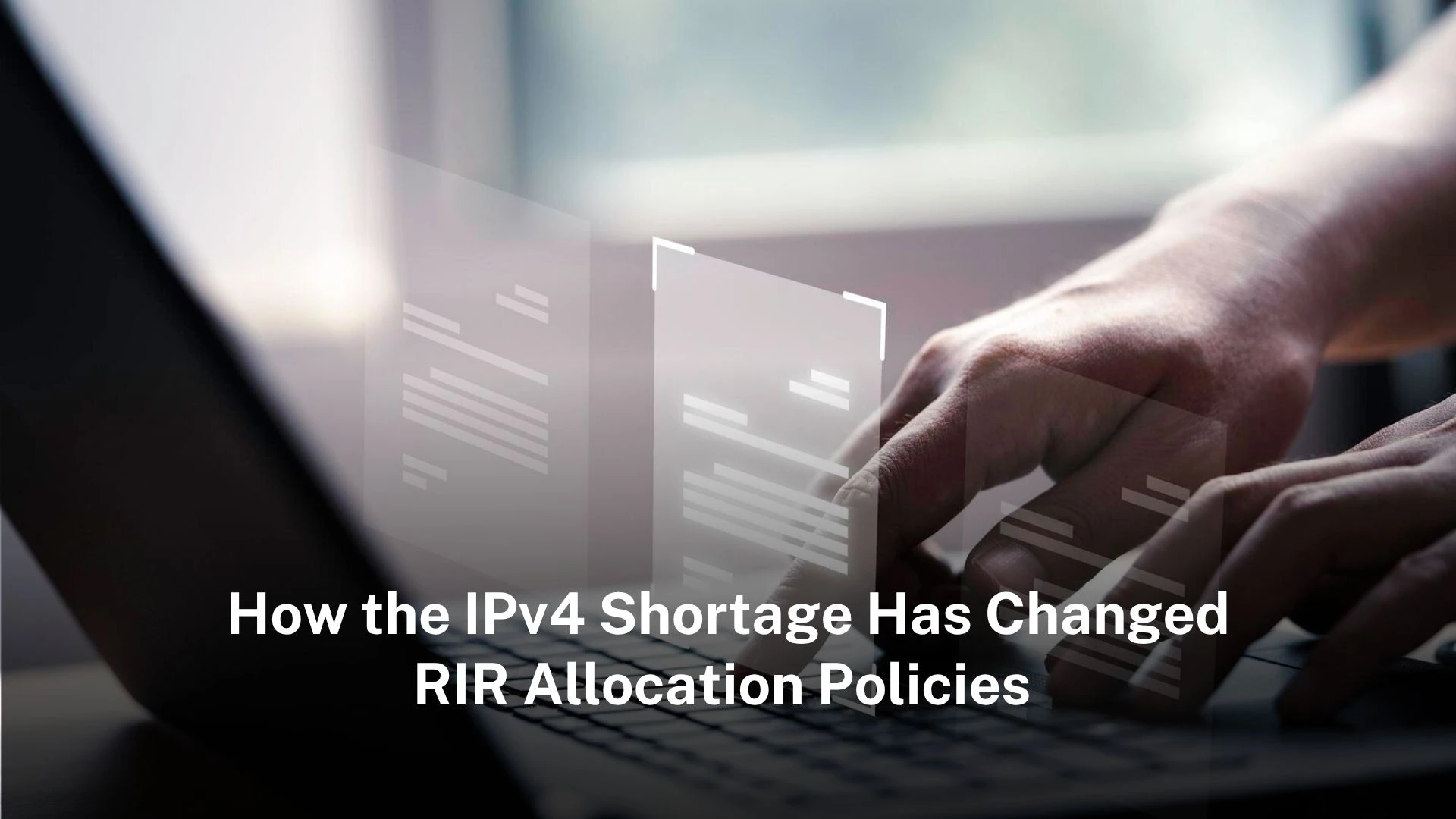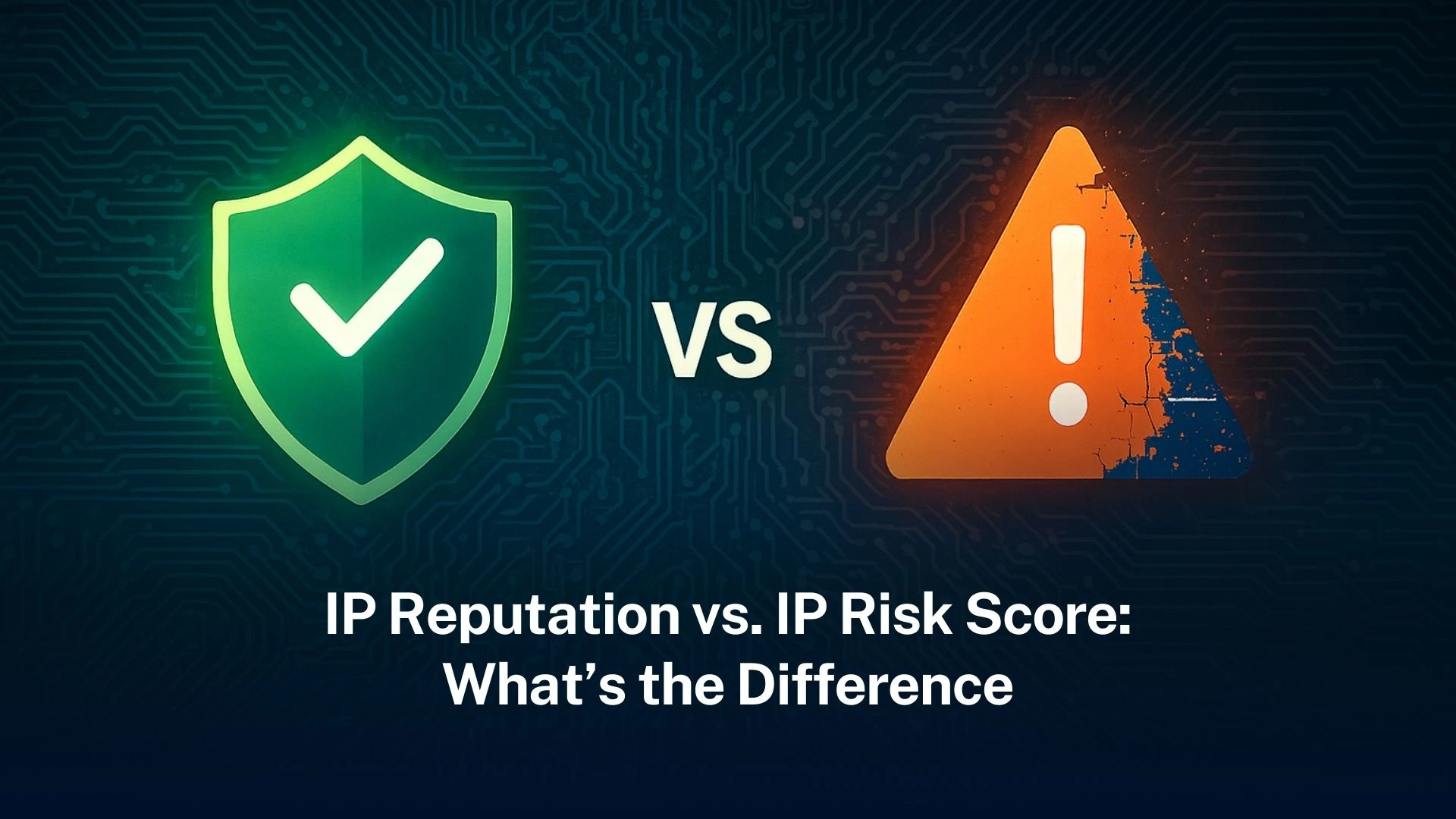How the IPv4 shortage has reshaped RIR allocation policies

- RIRs transitioned to strict “soft‑landing” policies and limited final allocations to prevent hoarding and extend IPv4 availability.
- Transfer markets, wait‑lists, and equitable distribution mechanisms now dominate scarcity-era policy landscapes.
The impact of IPv4 exhaustion on RIR policy
The depletion of IPv4 address space prompted all Regional Internet Registries (RIRs) to overhaul their allocation strategies. When the final five /8 blocks were delivered by IANA in 2011, RIRs shifted from needs-based allocation to scarcity-management modes. To ensure the limited remaining resources lasted longer, they introduced strict caps on the allocation sizes and tightened criteria for qualifying organisations.
Table of Contents
ToggleTransfer markets and reclaimed space
With scarcity driving demand, RIRs formalised IPv4 transfer policies and reclamation rules. Transfers between organisations became vital for reallocating unused resources. In the post-exhaustion era, RIRs maintain strict transfer registries to preserve transparency and prevent speculative trading. Networks also return or relinquish unused blocks, which are added to exhausted pools managed via new waiting‑list procedures.
Non-discrimination and needs-based verification
Due to the risk of unfair accumulation during time of scarcity, RIRs insisted on proof of actual deployment or justified need before approving allocations. RIPE’s policy, for example, specifically reinforces “fairness” over economic advantage, ensuring that address space is not unfairly excluded from emerging players. ARIN introduced standardized approval timeframes to streamline fairness across new requests.
Why these changes matter
The shift to scarcity-aware policy protects smaller operators and ensures a baseline of IP access for newcomers. By capping allocations and enforcing fairness, RIRs have prevented early depletion from disadvantaging less-resourced networks. The formalisation of address transfer markets and policy-backed reclamation mechanisms has helped preserve the integrity and utility of IPv4 resources even as IPv6 adoption advance.
Trusted IPv4 Leasing for Business Growth
Get enterprise-grade IPv4 space quickly, with seamless deployment and end-to-end management.
FAQs
Five RIRs are given large IPv4 blocks by IANA, and each is in charge of overseeing address distribution in its own area. After exhaustion, allocations shifted to a scarcity-management model.
Soft‑landing means strict limits per member—such as one /22—when an RIR reaches its last /8, protecting fairness and prolonging availability.
RIRs reclaim inactive or returned addresses, add them to waiting‑list pools, and redistribute them under regulated transfer or allocation procedures.
Policies such as RIPE’s require proof of intended usage and guard against exclusionary trading, ensuring smaller or new networks are not shut out.
Yes. Once exhaustion began, RIRs implemented structured transfer markets, allowing resource holders to transfer IPv4 blocks under regulatory oversight.
Related Blogs
A clear comprehension of the discrepancies between IP reputation and IP risk score constitutes a critical prerequisite for effective cybersecurity Read more
A clear comprehension of the discrepancies between IP reputation and IP risk score constitutes a critical prerequisite for effective cybersecurity Read more
Organisations increasingly rely on IP risk scores. They use them to assess threat levels. They reduce fraud losses. They strengthen Read more
A clear comprehension of the discrepancies between IP reputation and IP risk score constitutes a critical prerequisite for effective cybersecurity Read more
A clear comprehension of the discrepancies between IP reputation and IP risk score constitutes a critical prerequisite for effective cybersecurity Read more
Organisations increasingly rely on IP risk scores. They use them to assess threat levels. They reduce fraud losses. They strengthen Read more



